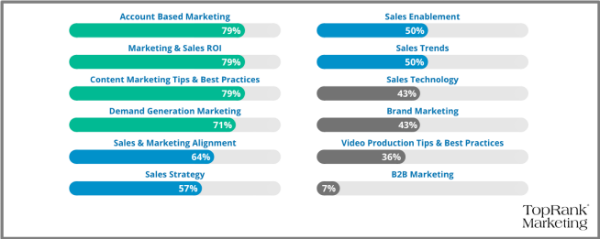
 Search marketing has continued to mature throughout 2018. At each twist and turn along the way, we've done our best to not only cover each change, but also offer insight and research-based strategy to help savvy digital marketers along the way. We’re fortunate to have a fantastic group of digital marketing professionals contributing to the TopRank Marketing Blog, with our CEO Lee Odden, Associate Director of Search & Analytics Tiffani Allen, Vice President of Client Accounts Alexis Hall, Content Strategist Anne Leuman, and others, each contributing search marketing insights, tips, and tricks this past year. To help our blog community grow its search marketing knowledge, we’re happy to offer this list of our most popular search marketing posts of 2018.
Search marketing has continued to mature throughout 2018. At each twist and turn along the way, we've done our best to not only cover each change, but also offer insight and research-based strategy to help savvy digital marketers along the way. We’re fortunate to have a fantastic group of digital marketing professionals contributing to the TopRank Marketing Blog, with our CEO Lee Odden, Associate Director of Search & Analytics Tiffani Allen, Vice President of Client Accounts Alexis Hall, Content Strategist Anne Leuman, and others, each contributing search marketing insights, tips, and tricks this past year. To help our blog community grow its search marketing knowledge, we’re happy to offer this list of our most popular search marketing posts of 2018.
Our Most Popular Search Marketing Posts in 2018:
1. Google Game Changers: 5 Recent Updates and How They Affect Marketers — Anne Leuman
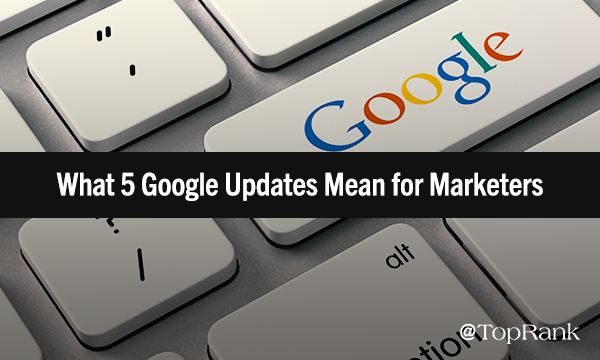 The talented Anne Leuman wrote the most popular search marketing post of 2018 on our blog, taking an important look at how to up your Google game by understanding and utilizing HTTPS warnings and numerous other factors that were being rolled out this year. Anne broke down some the latest and greatest game-changing updates from Google, what they mean for marketers, and how marketers can adapt. Check out all of Anne's posts here.
The talented Anne Leuman wrote the most popular search marketing post of 2018 on our blog, taking an important look at how to up your Google game by understanding and utilizing HTTPS warnings and numerous other factors that were being rolled out this year. Anne broke down some the latest and greatest game-changing updates from Google, what they mean for marketers, and how marketers can adapt. Check out all of Anne's posts here.
2. TopRank Marketing’s Top 6 SEO Predictions & Trends for 2019 — Tiffani Allen
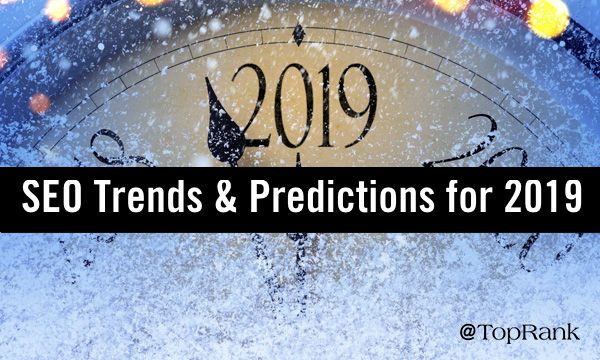 The second most popular search marketing post of the year is by Tiffani Allen, who deftly explores the top SEO predictions and trends marketers should know now and keep an eye on into the new year. Check out all of Tiffani's posts here.
The second most popular search marketing post of the year is by Tiffani Allen, who deftly explores the top SEO predictions and trends marketers should know now and keep an eye on into the new year. Check out all of Tiffani's posts here.
3. 5 Powerful Types (And Examples) of Link-Worthy Content — Anne Leuman
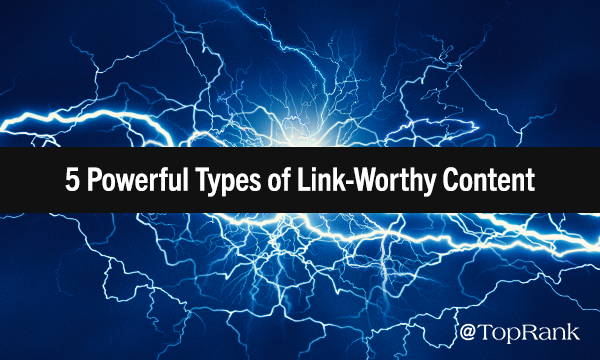 Anne also earned the No. 3 spot on our top search marketing posts of 2018 list, in an excellent post showing how to boost credible referrals, back-links, and organic visibility using five powerful types of link-worthy content.
Anne also earned the No. 3 spot on our top search marketing posts of 2018 list, in an excellent post showing how to boost credible referrals, back-links, and organic visibility using five powerful types of link-worthy content.
4. Why Marketers Are Disenchanted with SEO — Anne Leuman
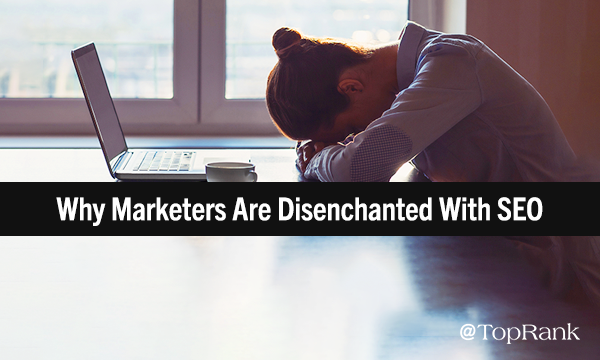 Anne also wrote our fourth most popular search marketing post of 2018, addressing why some marketers are disenchanted with SEO. She explores the modern marketer’s SEO struggles, and shows you why now is not the time to quit. Rather than abandoning a tried-and-true tactic, Anne looks at how to shift your search marketing strategy.
Anne also wrote our fourth most popular search marketing post of 2018, addressing why some marketers are disenchanted with SEO. She explores the modern marketer’s SEO struggles, and shows you why now is not the time to quit. Rather than abandoning a tried-and-true tactic, Anne looks at how to shift your search marketing strategy.
5. Redesigning Your Website? Make Sure SEO & Content Have a Seat at Website Migration Table — Alexis Hall
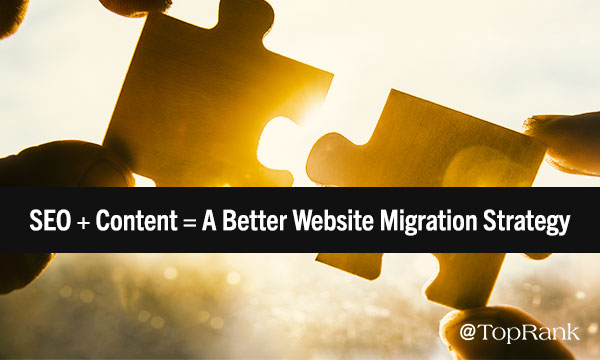 Alexis Hall earned spot the No. 5 on our top search marketing posts of the year list, with a helpful look at how SEO and content can combine to create a better website migration strategy. Alexis shows why SEO can’t stand alone, exploring how it needs a content lens to ensure solid performance after the migration switch is flipped. Check out all of Alexis' posts here.
Alexis Hall earned spot the No. 5 on our top search marketing posts of the year list, with a helpful look at how SEO and content can combine to create a better website migration strategy. Alexis shows why SEO can’t stand alone, exploring how it needs a content lens to ensure solid performance after the migration switch is flipped. Check out all of Alexis' posts here.
6. Power Pages and Best Answer Content: Should You Go Long or Short Form? — Lee Odden
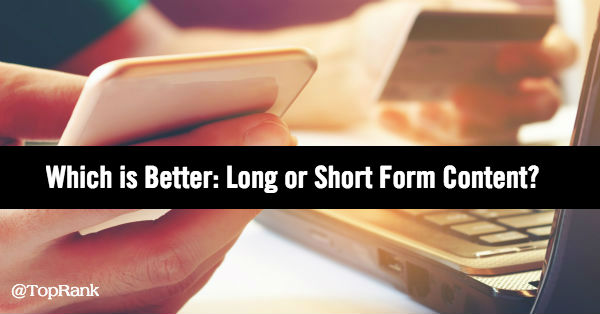 Our CEO penned the sixth most popular search marketing post of 2018, with a detailed look at a perennial question — which is better: long or short-form content? Lee explains how savvy marketers know that while statistical generalizations have their place, they aren't always so useful in practice. He then dives into the intertwining of engagement and reach, and looks at depth-over-length and authority signals. Check out all of Lee's posts here.
Our CEO penned the sixth most popular search marketing post of 2018, with a detailed look at a perennial question — which is better: long or short-form content? Lee explains how savvy marketers know that while statistical generalizations have their place, they aren't always so useful in practice. He then dives into the intertwining of engagement and reach, and looks at depth-over-length and authority signals. Check out all of Lee's posts here.
7. The Key to SEO & Content Marketing Success: Understanding Search Intent — Anne Leuman
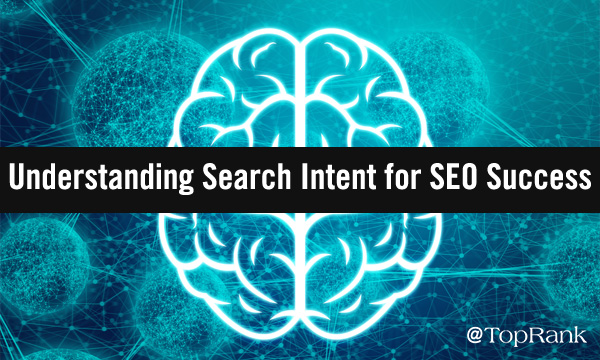 Anne makes another appearance on our best-of-2018 list with another excellent post, showing the key to SEO and content marketing success. She dives into understanding search intent in its four incarnations — informational, navigational, commercial, and transactional — and goes on to offer three steps for building intent into your strategy.
Anne makes another appearance on our best-of-2018 list with another excellent post, showing the key to SEO and content marketing success. She dives into understanding search intent in its four incarnations — informational, navigational, commercial, and transactional — and goes on to offer three steps for building intent into your strategy.
8. How to Leverage Influencer Marketing for Improved SEO #Pubcon Florida — Lee Odden
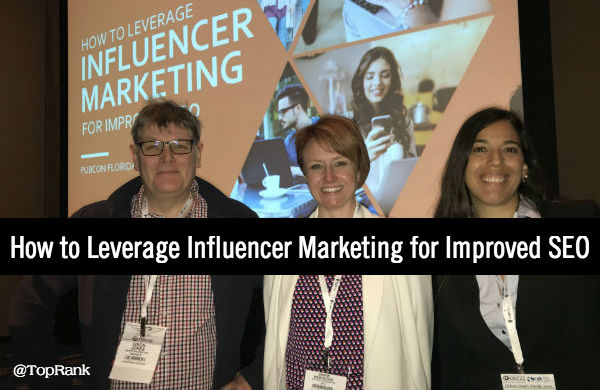 Lee earned another spot on our top search marketing posts of 2018 list, with a take-away-filled live-blog piece from the Pubcon Florida conference. Lee shares an impressive number of insights from a session that featured Marcela De Vivo of SEMrush and Dixon Jones of Majestic, showing some of the best methods for leveraging influencer marketing to improve SEO.
Lee earned another spot on our top search marketing posts of 2018 list, with a take-away-filled live-blog piece from the Pubcon Florida conference. Lee shares an impressive number of insights from a session that featured Marcela De Vivo of SEMrush and Dixon Jones of Majestic, showing some of the best methods for leveraging influencer marketing to improve SEO.
9. SEO + Paid Search: An Aristotelian Lesson in Search Marketing Integration — Anne Leuman
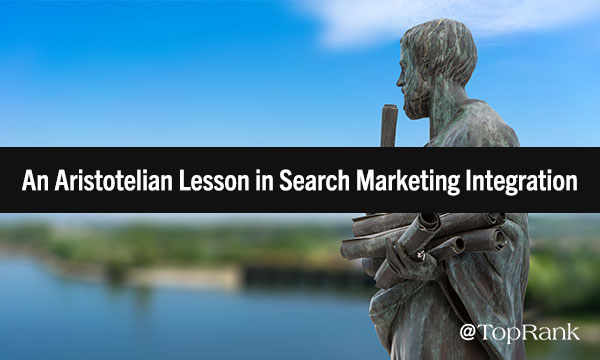 Making an impressive fifth appearance on our search marketing top 10 list, Anne provides us an Aristotelian lesson in how SEO can combine with paid search for powerful search marketing integration. In this helpful post, Anne shows how integration makes the digital marketing world go round and how it can bring balance and harmony to your efforts.
Making an impressive fifth appearance on our search marketing top 10 list, Anne provides us an Aristotelian lesson in how SEO can combine with paid search for powerful search marketing integration. In this helpful post, Anne shows how integration makes the digital marketing world go round and how it can bring balance and harmony to your efforts.
10. Relationship Powered Link Building #Pubcon Florida — Lee Odden
 In Lee's third appearance on our top 10 list, this piece covers a session presented by Ann Smarty of Internet Marketing Ninjas during the Pubcon Florida conference, sharing numerous actionable tips for link-building through relationships. We can't thank Anne, Tiffani, Alexis, and Lee enough for these top 10 search marketing posts of 2018 — congratulations on making the list!
In Lee's third appearance on our top 10 list, this piece covers a session presented by Ann Smarty of Internet Marketing Ninjas during the Pubcon Florida conference, sharing numerous actionable tips for link-building through relationships. We can't thank Anne, Tiffani, Alexis, and Lee enough for these top 10 search marketing posts of 2018 — congratulations on making the list!
Thanks TopRank Marketing Writers & Readers
Thanks to each of you who read our blog, and to all of you who comment on and share our posts on the TopRank Marketing social media channels. We hope you find continuing benefit from these excellent search marketing posts from 2018. We published dozens of posts this year specifically about search marketing, and plan to bring you even more in 2019, so stay tuned for a new year of the latest helpful research and insight. Please let us know which search marketing topics and ideas you'd like to see us focus on for 2019 — we'd love to hear your suggestions. Feel free to leave those thoughts in the comments section below.The post Our Top 10 Search Marketing Posts of 2018 appeared first on Online Marketing Blog - TopRank®.
Article Source: http://bathseoexpert.blogspot.com/2018/12/our-top-10-search-marketing-posts-of.html






















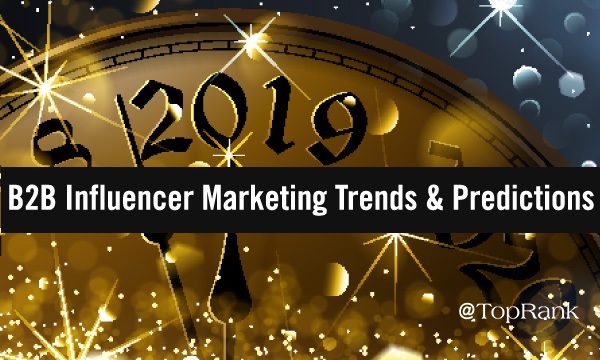
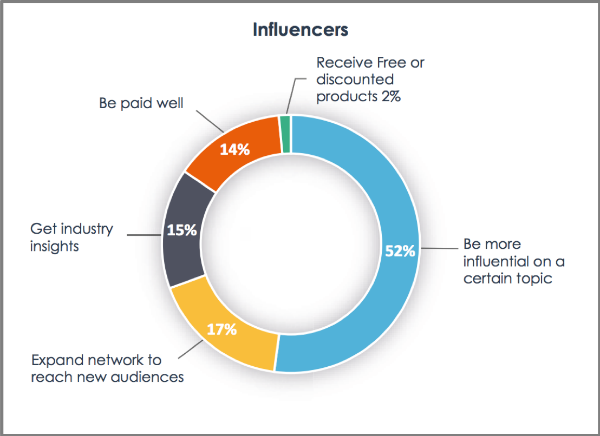 [bctt tweet="Brands that use a shotgun approach to invite influencers only when they need them won’t see very high recruitment rates. @leeodden #InfluencerMarketing #B2B" username="toprank"]
[bctt tweet="Brands that use a shotgun approach to invite influencers only when they need them won’t see very high recruitment rates. @leeodden #InfluencerMarketing #B2B" username="toprank"]
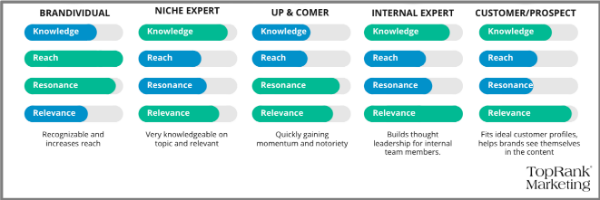 [bctt tweet="If you aren't already, you need to be looking at a variety of influencer qualities (each of which are important) when identifying influencers to work with in 2019 and beyond. - @azeckman #InfluencerMarketing #B2B" username="toprank"]
[bctt tweet="If you aren't already, you need to be looking at a variety of influencer qualities (each of which are important) when identifying influencers to work with in 2019 and beyond. - @azeckman #InfluencerMarketing #B2B" username="toprank"]
